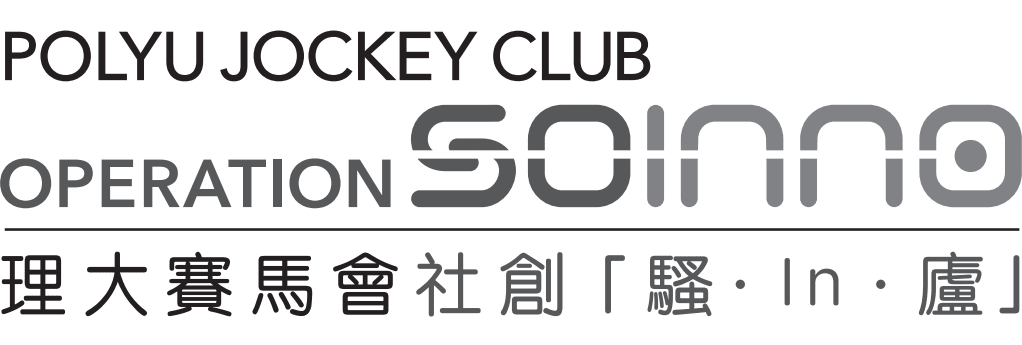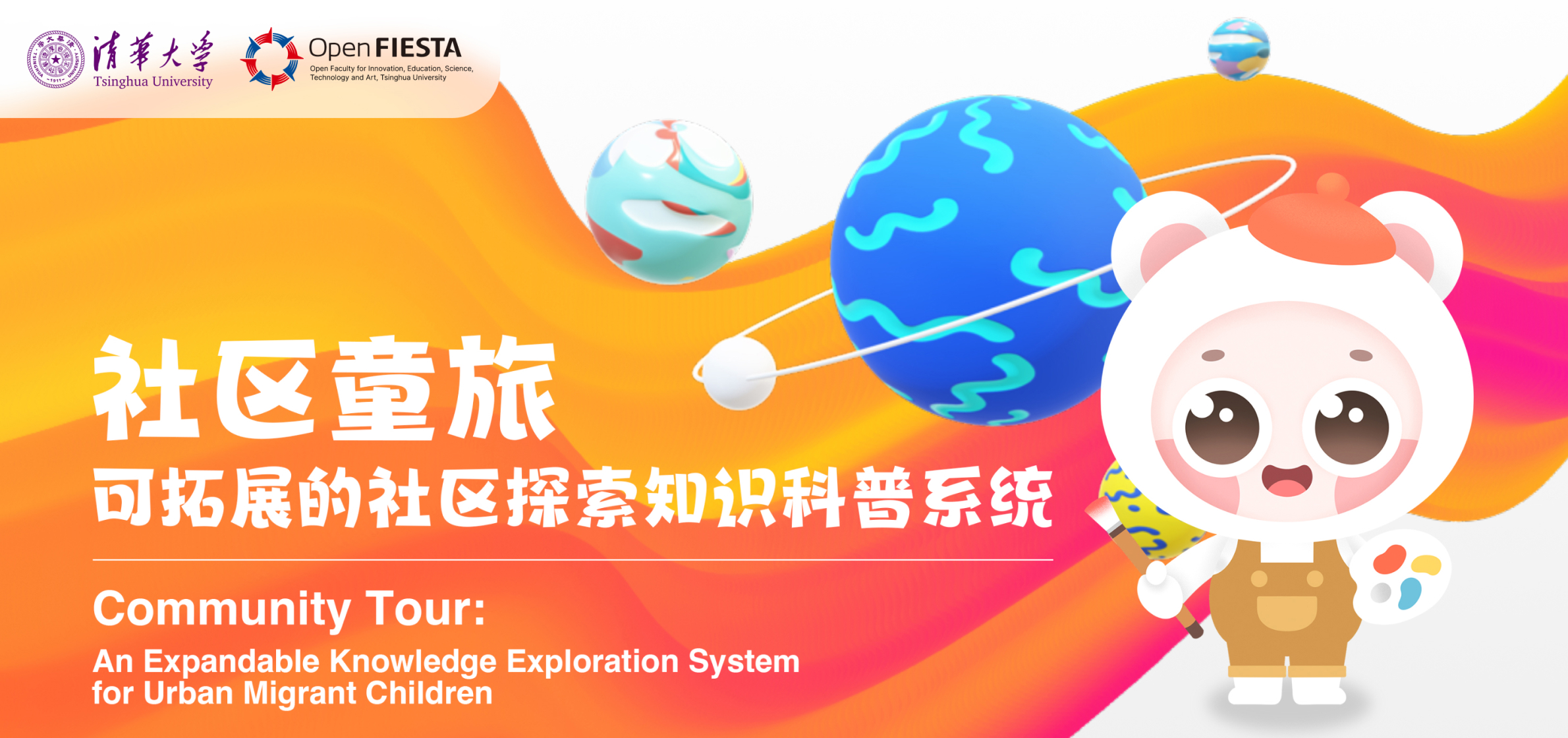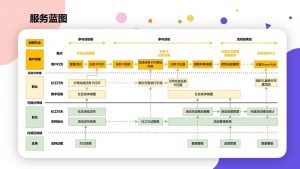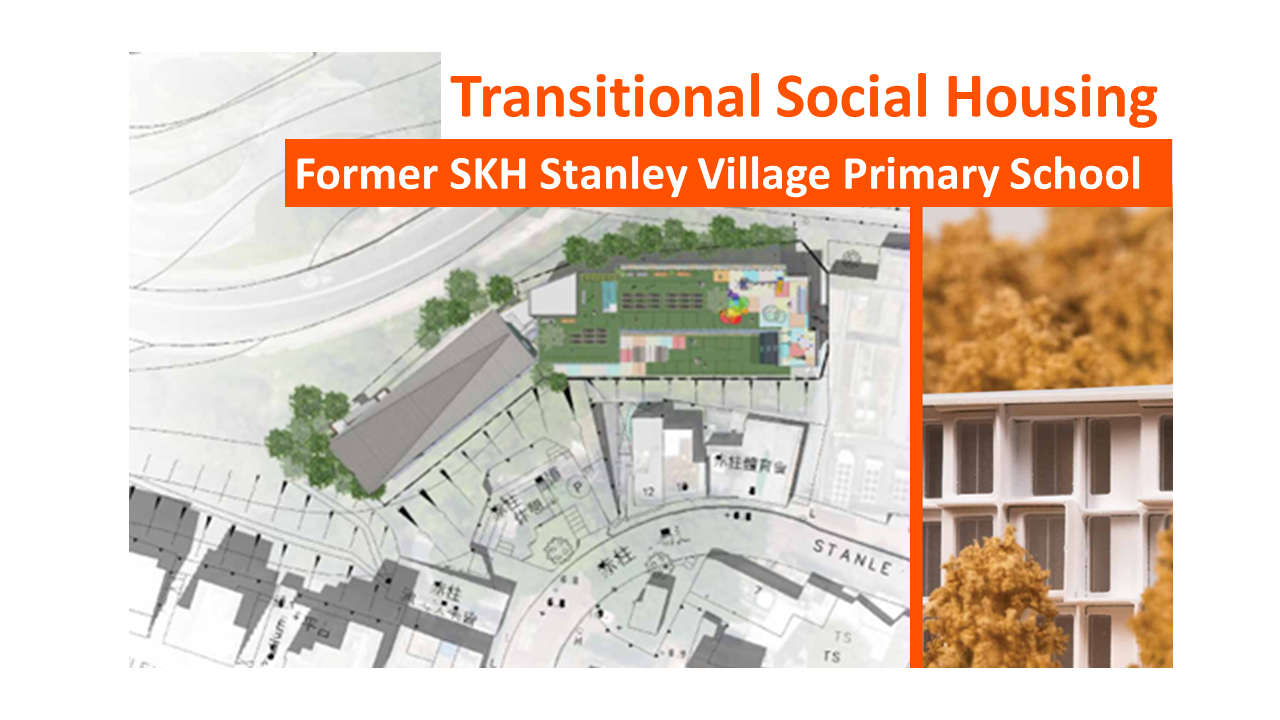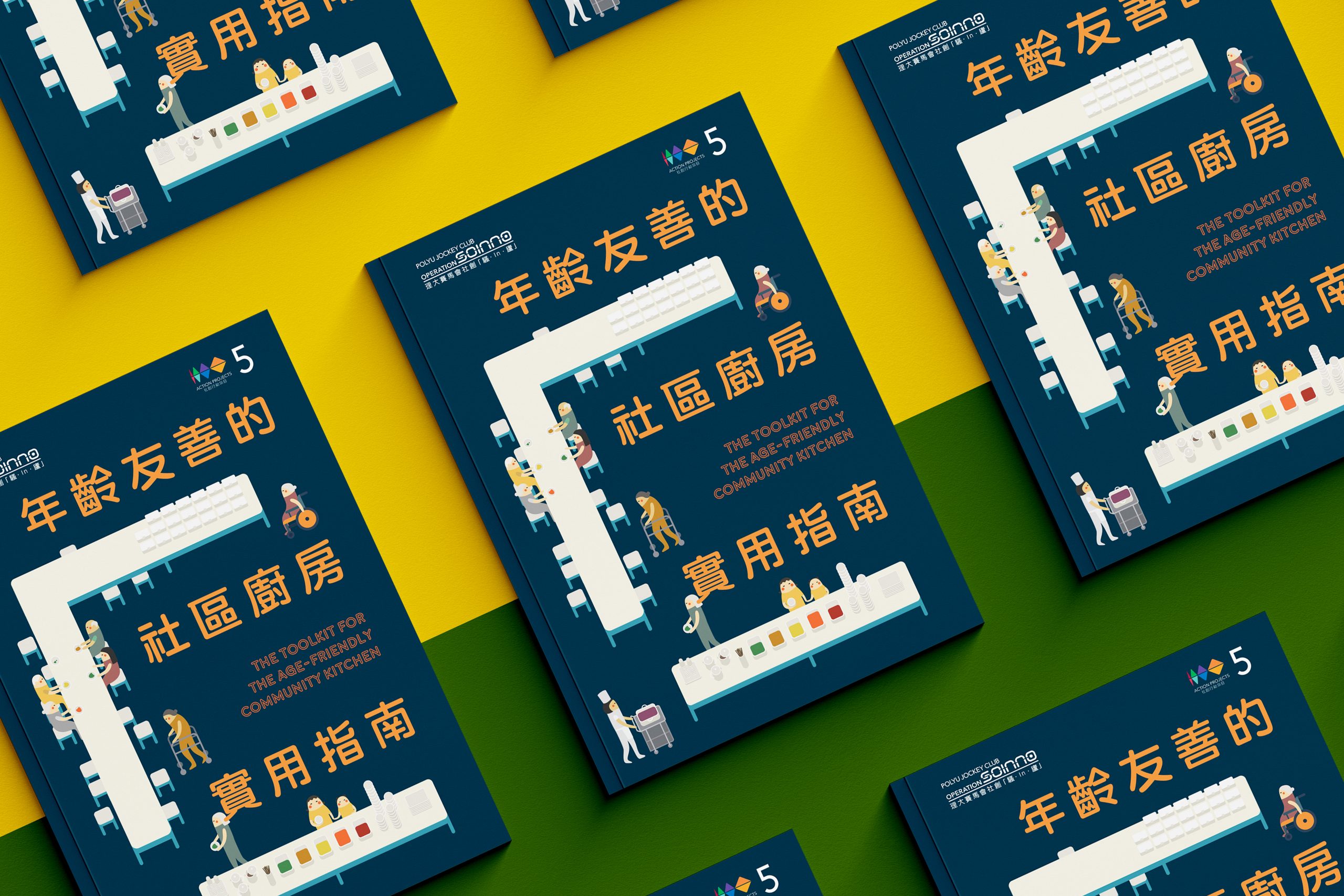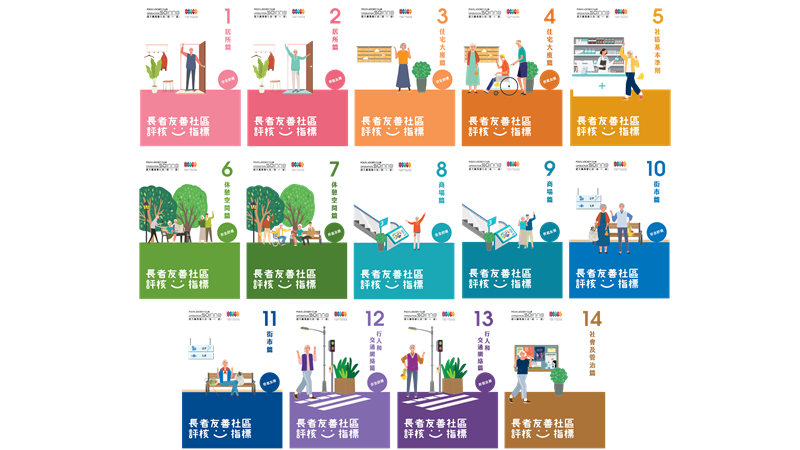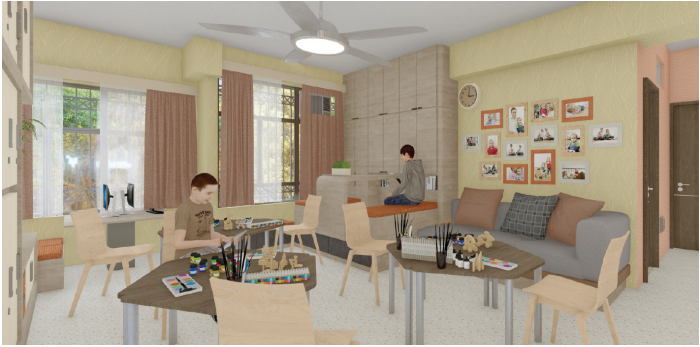OVERVIEW
‘Community Tour’ is an Expandable Knowledge Exploration System in mainland China that aims to offer community-based experiential learning activities, education for science popularization, and community engagement sessions. It integrates science, technology, engineering, arts, and mathematics (STEAM) education with local elements of the community. This approach will empower social workers to develop community cultural education while enabling children in urban villages to explore their surroundings, experience life, and acquire knowledge. It will enhance children’s participation in and experience of urban villages and strengthen their sense of belonging to the community.
THE OUTCOME
This project will establish a localised community education model in Shenzhen, integrating STEAM education with community elements. It will design an interactive prototype for interactive installations in community public space and the system backend. Most importantly, it uses a child-centric approach to design an experiential process for exploring community knowledge. These technological achievements will converge to enable children who have been frequently relocated (‘migrant children’) to experience community activities related to STEAM simply by participating in community events and interacting with local peers, effectively combining learning with entertainment. This will help to establish connections between migrant children, the community, and the entire city, enhancing the children’s sense of participation and belonging. At the same time, it will provide social workers with tools for systematically planning and managing community activities.
In 2023, a paper on this project was presented at the ACM Interaction Design and Children Conference (IDC). The project was also awarded the ‘Social Innovation Finalist Award of Child-Friendly Design Award’ at the Child-Friendly Design Award (CFD) organised by the Shenzhen Women and Children Development Foundation.
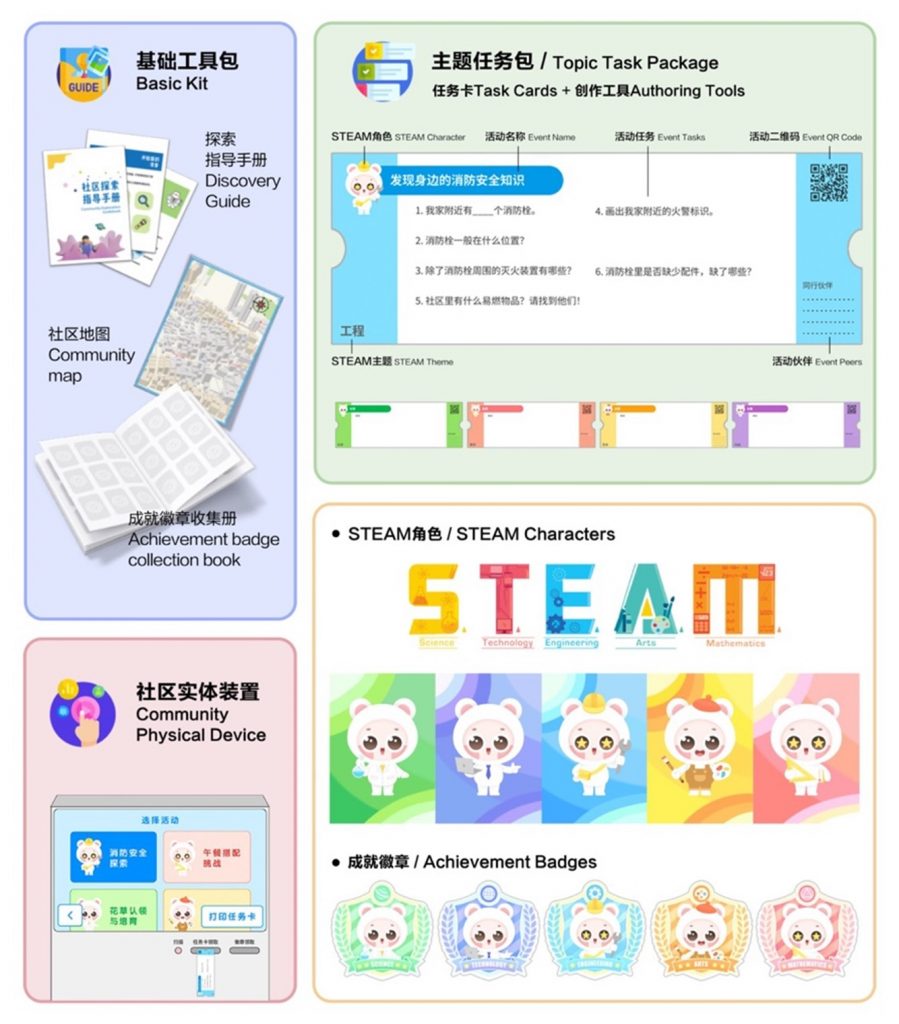
THE PROCESS
Inspiration
In large Chinese cities like Shenzhen, there are many migrant children who have moved to the city with their parents. They face three major challenges in their development: academic difficulties, lack of motivation, and social integration. The main problem they encounter during the community adaptation phase is a lack of a sense of belonging.
The Community Tour team observed that there are numerous grassroots social work and community-based organisations in Shenzhen, and the number of social workers has significantly increased in recent years. However, due to a lack of systematic and supportive tools for social workers, the quality of services varies, making it difficult to meet the needs of the community. The team’s community-based research found that although social workers have experience in organising community activities, the lack of a systematic management platform and tools for organising data and information means that they spend a lot of time on repetitive and mechanical tasks, which indirectly affects the service quality.
Ideation
To address the challenges faced by migrant children in Shenzhen, the Community Tour team previously sought solutions to facilitate of after-school parent–child interactions. However, after conducting user interviews, they realised that this approach might not be the best way to meet the needs of migrant children. Creating opportunities for these children to understand the urban community and participate in local activities proved to be more effective in helping them establish a sense of community belonging.
Therefore, the team started to search for solutions from a community perspective of exploration and education. The concept of an ‘urban village’ represents a distinctive case of an informal residential area that encompasses elements of residence, commerce, and social services. Consequently, urban villages are well-suited for localised STEAM education with various situational contexts. Ultimately, the team’s chosen solution consisted of an interactive knowledge dissemination system, which integrates migrant children with their living environment through themed activities and community exploration. Through games and interactive experiences, the system enables them to gain a deeper understanding of the community environment and establish emotional connections with the local community.

Implementation
The team is currently collaborating with the local community residents’ committee and the Social Workers’ Centre to develop the prototype for the project, which includes the STEAM experiential learning flow, interactive installations, and the interaction system of the backend platform, as well as the service blueprint for the entire system. Once the early prototypes have been validated and tested in the verification phase, the team will conduct comprehensive prototype testing in collaboration with the community.
The challenge of the Community Tour project lies in engaging multiple stakeholders with diverse backgrounds and age groups, including social workers and migrant children. Additionally, the project aims to provide diverse services to stakeholders at various levels, considering both the STEAM community learning experience for migrant children and the need to provide a systematic platform for grassroots social workers to conduct events and collect data for future use. Therefore, the team has adopted a participatory design approach to discover the needs of users. A service blueprint was used to visualise the entire service process, enabling different collaborators to understand their roles and responsibilities in delivering the project’s services.
Participatory Design
During the prototype development process, the project team conducted prototype testing with 10 migrant children using task card prototypes in a variety of art styles. They also conducted interviews with four of the participants. During the testing and interviews, the team focused on activities that matched the children’s interests and preferences, their awareness of the surrounding environment, and their interactions with their peers during the experience. The project design was adjusted based on the test results. It was observed that card games were popular among the children, leading to the use of ‘task cards’ as the game medium. Furthermore, user feedback influenced the character design, including features such as a rounded appearance and soft lines.

The migrant children involved in the testing also expressed interest in certain community elements, reflecting their genuine perception and understanding of the surrounding environment. Based on this feedback, the team designed content to help cultivate their sense of identification with and belonging to the community.
To enhance the project’s sustainability, the team is considering using the system for educational activities beyond STEAM education. Furthermore, expanding the system from urban villages to more conventional urban communities would contribute to the development of child-friendly cities.
